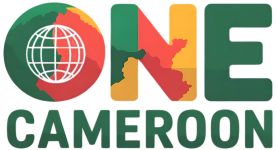Long before European explorers arrived on its shores, the territory now known as Cameroon was a mosaic of diverse peoples, kingdoms, and cultures shaped by
Cameroon’s economy has historically relied on agriculture, timber, oil, and mining. While these sectors contributed significantly to GDP growth, volatility in commodity prices exposed the
Cameroon’s geographic diversity is encapsulated in its nickname, “Africa in miniature.” Within its borders lie rainforest jungles, rolling highlands, savannah plains, and even portions of
Cameroon’s art scene has blossomed from traditional craftsmanship to a vibrant contemporary movement. Galleries, art centers, and community studios across major cities showcase painting, sculpture,
Cameroon’s forests—spanning lowland rainforests, montane cloud forests, and mangroves—are ecological linchpins for biodiversity, climate regulation, and community livelihoods. Over 40% of the country’s land area
Across Cameroonian cities, a wave of youth-driven entrepreneurship is redefining economic possibilities. Faced with limited formal employment opportunities and a burgeoning youth population—over 60% under
Cameroon’s 402 km coastline supports numerous fishing communities whose livelihoods revolve around artisanal and small-scale commercial fishing. From coastal villages near Limbe to lagoon settlements
As Cameroon pursues economic growth and electrification goals, renewable energy and sustainable practices have emerged as critical components of development strategies. Although the national grid
Cameroon’s artisanal heritage is as diverse as its more than 250 ethnic groups. From intricately carved masks of the Bamileke to the raffia-woven baskets of
Education is fundamental to Cameroon’s long-term development goals. With a population exceeding 28 million and over 250 ethnic groups, the government and private sector have
